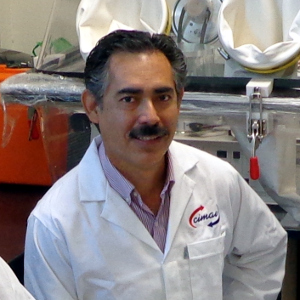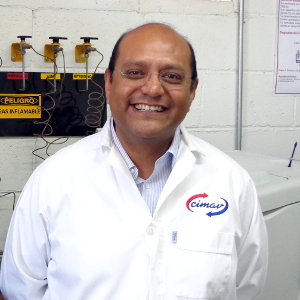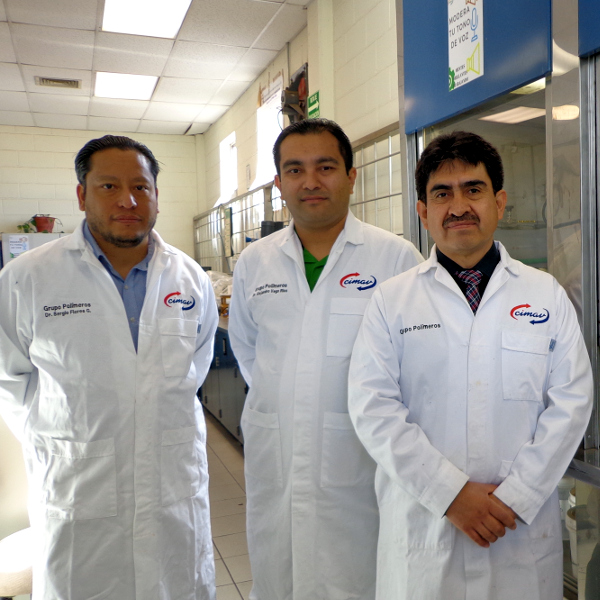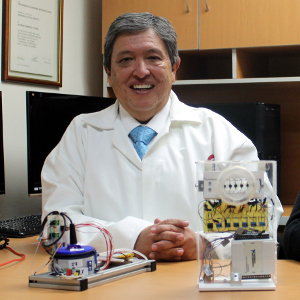Knowledge as added value
One of the main functions of this department is to foster frontier research. The projects have a solid base of scientific and technological knowledge generated by its own specialists, but they are also feasible to scale up to an industrial level.
Note that this department has a large number of projects developed with the business sector in order to boost the knowledge economy.
Its researchers have generated, among other things, smart functional materials for application in both the academic and the social and productive fields. From these studies the development of highly specialized human resources and knowledge transfer is promoted.
The Department of Engineering and Materials Chemistry has the following areas:

Dra. Virginia Collins Martínez
Tel. +52 (614) 439 1129
virginia.collins@cimav.edu.mx
Dr. Alejandro López
Dr. Alejandro Vega
Dr. Alfredo Aguilar
Dr. Alfredo Márquez
Dr. Armando Zaragoza
Dr. Lorena Álvarez
Dr. Virginia Collins
Dr. Iván Alziri estrada Moreno
Dra. Rocío Berenice Domínguez Cruz
Dra. Velia Carolina Osuna Galindo
This department is focused to meet the strategic objectives of Cimav:
- Generate scientific and technological knowledge in order to develop high-performance materials.
- Develop human resources of excellence in the areas of engineering and materials chemistry.
- Transfer to various sectors the knowledge generated in Cimav. In the industrial field is being sought to impact the creation of new businesses or for those already established to be competitive so that both allow the creation of new jobs.
By advancing technology and knowledge of science, the research team wants its transformation processes to generate new products with elements that do not affect the environment or health, it´s what is called green chemistry.
Through green chemistry they seek to develop new generation materials, low cost and high performance functionality.
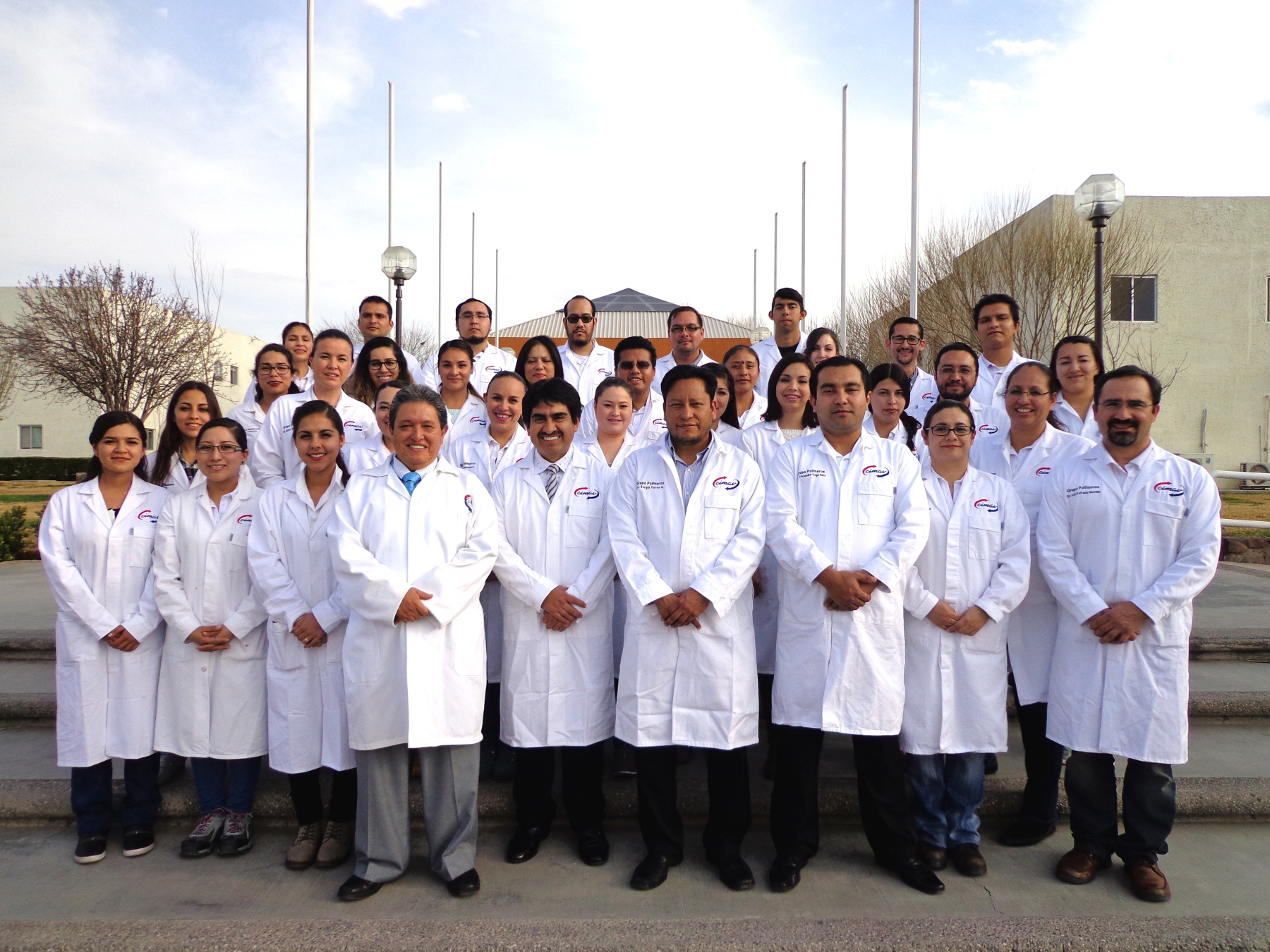
The Department of Engineering and Materials Chemistry has a range of projects generated from the synthesis, characterization, processing, modification, improvement, and design of new materials. Examples of these lines of research are the development of nose and electronic tongue, sensors against leakage or theft of hydrocarbons, liquid wood, ecological inks, multifunctional surfaces, optimization in the process of hydrogen production, catalysts to remove contaminants in the hydrocarbons, as well as study and application of carbon nanotubes.
Most of these projects are at the forefront worldwide.
The researchers in this department have the knowledge to synthesize and develop a wide range of materials for their application in academic, social, and industrial sectors. The work performed is inter-institutional and multidisciplinary, both nationally and internationally. They have achieved patents and publications in high impact indexed journals.

